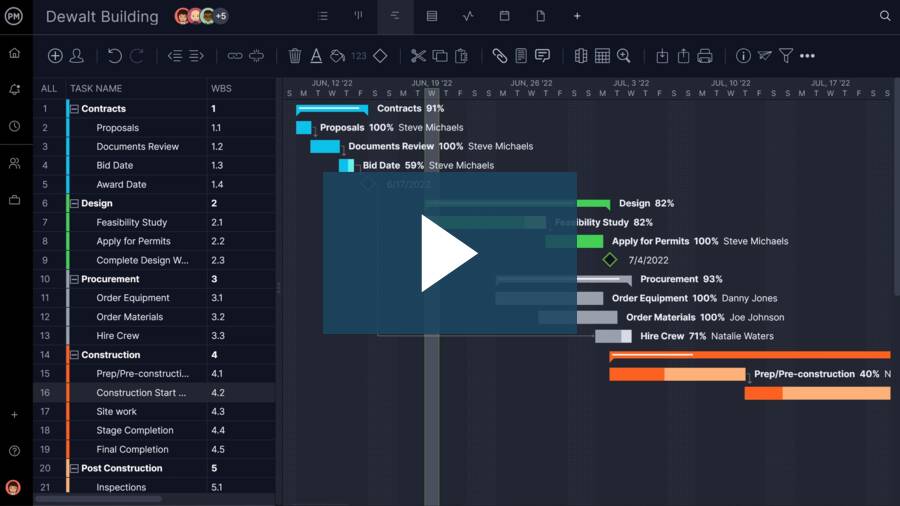Running a construction site takes coordination, attention to detail and clear communication between all stakeholders. From the moment equipment arrives on site to the final inspection, every phase needs to be carefully monitored to stay on schedule and within budget. Managing crews, deliveries and safety protocols while keeping the project owner updated requires a structured approach that minimizes downtime and keeps productivity high.
Learning how to manage a construction site step by step ensures that no part of the process is overlooked. By breaking work into clear stages, project managers and site supervisors can plan resources, track progress and deal with issues before they escalate. This proactive approach keeps projects organized, reduces risks and leads to safer, more efficient construction sites that deliver quality results.
What Is a Construction Site?
A construction site is the physical location where building, infrastructure or other construction-related work is carried out. It’s a dynamic environment where multiple teams come together to perform tasks such as excavation, foundation work, framing, electrical installation and finishing. Heavy machinery, materials and crews must be coordinated in a limited space, often under strict deadlines, which makes the site a hub of constant activity.
Because so many moving parts are involved, a construction site also comes with significant risks and challenges. Safety protocols must be enforced, schedules monitored and resources managed to avoid costly delays or accidents. Clear communication between site supervisors, subcontractors and project managers is essential to keep everyone aligned and ensure work proceeds according to plan.
Managing a construction site is complex, and traditional methods like spreadsheets or paper reports can quickly become outdated. Project management software centralizes schedules, tasks and resource data in one place, giving managers real-time visibility into project performance. It allows teams to track progress, assign responsibilities and share updates instantly, which improves collaboration and helps catch potential problems before they affect the timeline or budget.
ProjectManager makes it easier to manage a construction site with its suite of powerful tools. The software offers multiple project views, including task lists, calendars and kanban boards, so managers can choose the format that works best for them. Gantt charts schedule work, link dependencies to avoid cost overruns and can set a baseline to track variance and help stay on track. Real-time dashboards track key performance indicators, while workload charts help balance crew assignments and prevent burnout. Combined with reporting and file-sharing capabilities, our software keeps every part of the construction site organized and running smoothly from start to finish. Get started with ProjectManager today for free.
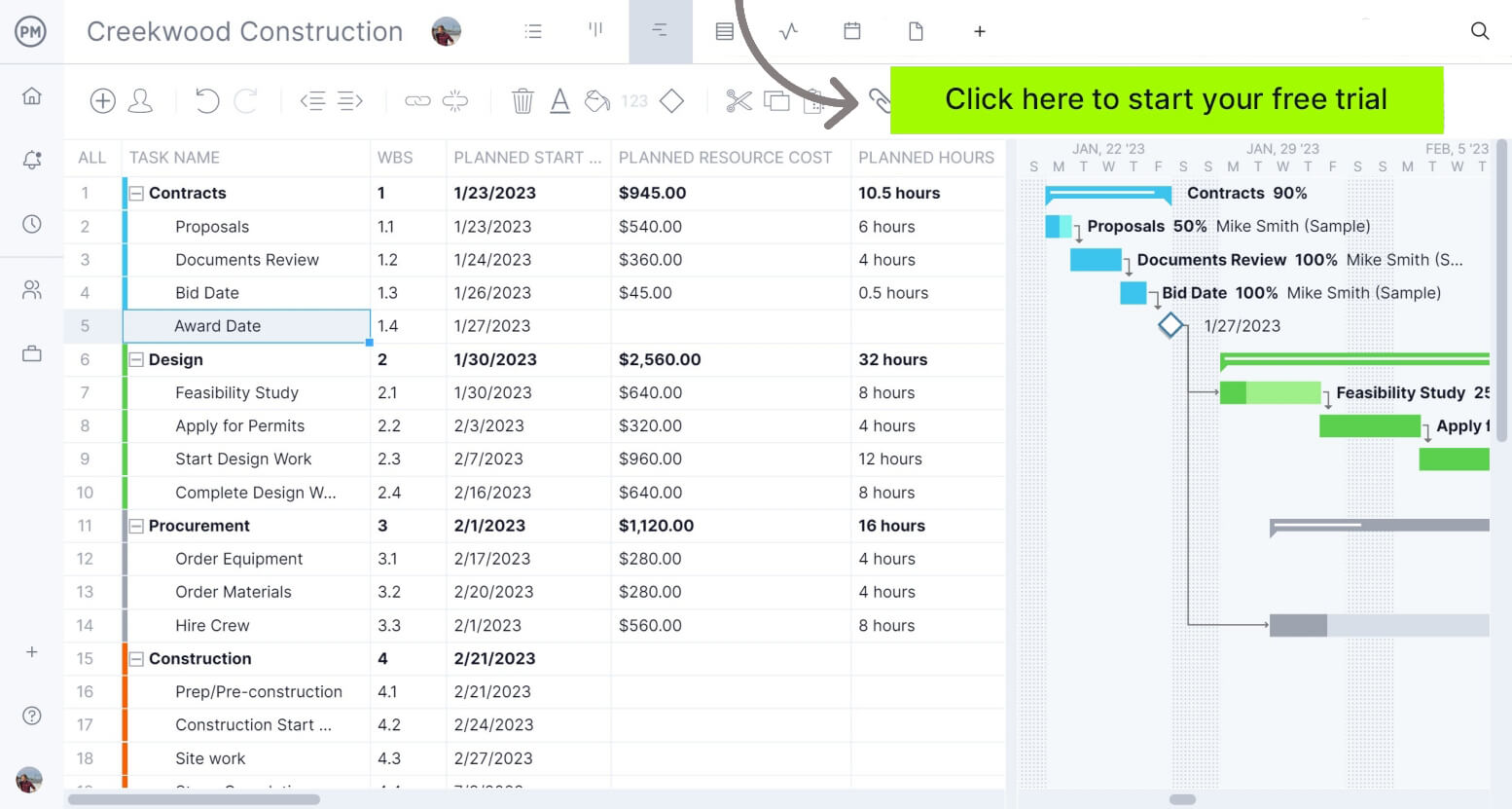
Who Manages a Construction Site?
Managing a construction site requires a team of skilled professionals, each with a specific role to keep the project running smoothly. From planning and budgeting to supervising crews and ensuring safety, these roles work together to deliver a project on time and within scope. Understanding who manages a construction site helps clarify responsibilities and improve communication across the project team.
Construction Manager (Site Manager or Project Superintendent)
The construction manager, often called a site manager or project superintendent, oversees the daily operations of the construction site. They coordinate crews, manage schedules and ensure that work is completed according to specifications and safety standards. Their primary goal is to keep the project on track and within budget.
Project Manager
The project manager takes a big-picture approach to the construction site, managing planning, budgeting and communication with stakeholders. They work closely with the site manager to resolve issues, keep the project aligned with goals and ensure progress stays on schedule.
General Contractor
The general contractor hires subcontractors, sources materials and ensures compliance with building codes. They act as the main point of contact between the owner and site teams, making them responsible for the quality and timely delivery of the work.

Get your free
Construction Schedule Template
Use this free Construction Schedule Template to manage your projects better.
Get the Template
Site Engineer
The site engineer focuses on technical accuracy. They verify that construction plans are executed properly, conduct inspections and address engineering issues as they arise. Their work ensures structural integrity and adherence to design.
Construction Foreman
The construction foreman supervises on-site workers, assigns daily tasks and maintains productivity. Acting as a bridge between management and crews, they keep workflows efficient and ensure instructions are followed.
Health & Safety Officer
The health and safety officer monitors site conditions to prevent accidents and enforce safety standards. They run safety training, perform risk assessments and make sure the construction site remains a secure working environment for all teams.

How to Manage a Construction Site: 16 Key Steps
Managing a construction site is a demanding process that requires planning, coordination and clear communication across multiple teams. From permitting to final inspections, each step must be executed carefully to ensure efficiency, safety and quality. A structured approach helps reduce errors, avoid costly delays and keep everyone aligned on project goals.
Breaking site management into clear steps creates a roadmap for success. These 16 key steps cover permitting, site preparation, safety, logistics and progress tracking. Use them as a practical guide for how to manage a construction site and keep your projects organized from start to finish.
1. Obtain Permits and Regulatory Compliance
The first step in managing a construction site is ensuring the project meets all legal and regulatory requirements. This includes securing building permits from local authorities, aligning with zoning regulations and getting environmental approvals. Having all documentation in place before work begins prevents costly shutdowns or fines later. Coordinating scheduled inspections with city or county officials helps maintain compliance throughout the project and reduces risks. This process sets a strong foundation for everything that follows, ensuring the project starts off legally sound and ready for safe execution without unnecessary interruptions or disputes.
- Building permits: Secure approvals from local authorities before starting work.
- Zoning compliance: Ensure the project aligns with land use and zoning regulations.
- Environmental approvals: Obtain clearances for noise, dust, water usage and waste.
- Scheduled inspections: Coordinate with inspectors for mandatory check-ins.
2. Clear & Prepare the Construction Site
Once permits are in place, preparing the construction site is the next priority. Clearing debris, installing fencing and setting up controlled entrances create a safe and organized workspace. Clear signage communicates hazards, project information and safety protocols to everyone on-site. Access routes should be built to allow workers and vehicles to move efficiently. Proper preparation reduces risks, prevents accidents and sets up the site for smooth day-to-day operations. It also creates a professional environment that keeps stakeholders confident in the project’s organization and readiness for construction activities to begin on schedule.
- Fencing and hoarding: Secure the site and restrict unauthorized access.
- Site entrance/exit: Gates with security checks for workers, vehicles and materials.
- Signage: Safety instructions, project information and hazard warnings.
- Access routes: Temporary roads or pathways for vehicles and workers.
3. Build Temporary Facilities
Temporary facilities support workers and operations throughout the project. A site office is essential for managers, engineers and administrative staff to coordinate activities. Worker facilities such as toilets, rest areas and break spaces boost productivity and maintain compliance with labor standards. Secure storage areas protect tools and materials, while workshops provide space for cutting, welding or assembling components. Setting these up early ensures a safe and functional environment that keeps workers focused on their tasks and reduces downtime caused by missing amenities or disorganized materials.
- Site office: For managers, engineers and administrative tasks.
- Worker facilities: Rest areas, changing rooms, toilets and eating areas.
- Storage areas: For tools, materials and equipment (sheds or containers).
- Workshops: Temporary spaces for cutting, welding or assembly work.
Related: 20 Free Excel Construction Templates
4. Establish Construction Zones
Clearly defined construction zones improve site organization and safety. By designating areas for excavation, structural work and material laydown, teams avoid conflicts and keep operations streamlined. Zoning also minimizes hazards by separating high-risk areas from general foot traffic. With a well-marked layout, supervisors can coordinate work more effectively and ensure that everyone knows where they should be. This step is crucial for keeping large sites under control and ensuring work progresses efficiently without bottlenecks or accidents caused by poorly planned space usage.
- Excavation areas: Designate spaces for foundation and underground work.
- Structural areas: Identify framing, walls and primary construction zones.
- Material laydown areas: Organize open spaces for staging construction materials.
5. Transport Equipment & Machinery to the Construction Site
Getting the right equipment to the site is essential for maintaining the construction schedule. Heavy machinery such as cranes, excavators and concrete mixers should be delivered and positioned early to avoid delays. Tools and scaffolding must be organized for easy access, with storage areas secured against theft. Setting up temporary power supplies ensures that equipment and lighting are available when needed. This step ensures that teams can hit the ground running once construction begins, avoiding downtime caused by missing or improperly placed equipment.
- Heavy machinery: Cranes, excavators, bulldozers, concrete mixers.
- Tools and equipment storage: Secure and organized for easy access.
- Scaffolding and formwork: For working at height and shaping concrete.
- Temporary power supply: Generators, distribution boards and lighting.
Related: 20 Best Construction Scheduling Software of 2025 (Free & Paid)
6. Set Up Safety Stations
Safety must be a priority on every construction site. Establishing first aid stations, fire safety equipment and waste disposal systems early helps prevent accidents and ensures a rapid response in case of an emergency. Segregating construction debris, recycling and hazardous waste keeps the site clean and compliant with regulations. These measures not only protect workers but also demonstrate a commitment to health and safety, which builds trust with regulators, clients and the local community.
- First aid stations: Stocked and accessible in case of emergencies.
- Fire safety equipment: Extinguishers, hoses and alarms around the site.
- Waste disposal areas: Segregate construction debris, recycling and hazardous waste.
7. Stakeholder & Community Management
Managing relationships with stakeholders and the surrounding community helps avoid conflicts and disruptions. Regular updates, noise management strategies and a clear communication plan build trust and transparency. Appointing a local liaison provides a point of contact for questions or complaints, reducing frustration among neighbors. Proactively engaging with stakeholders also keeps the project in good standing with local authorities and helps avoid unnecessary delays caused by community objections.
- Communication plan: Provide regular updates to stakeholders and neighbors.
- Local liaison: Appoint a contact person for inquiries or complaints.
- Noise and disruption management: Inform neighbors of schedules and major activities.
- Transparency: Share safety measures and progress milestones.
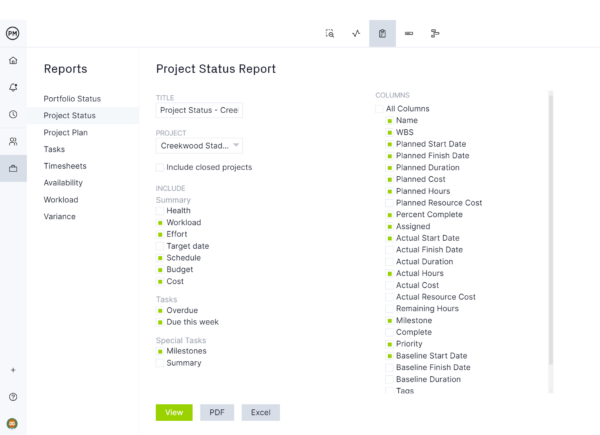
8. Make a Traffic Control Plan
Construction sites require organized traffic management to keep vehicles and workers safe. A traffic control plan outlines where heavy machinery can travel, where pedestrian walkways are located and where materials can be loaded or unloaded. Posting directional signs and speed limits minimizes confusion and reduces the risk of accidents. Proper traffic planning also keeps deliveries running smoothly and ensures that work is not delayed due to congestion or blocked access points.
- Vehicle access rules: Separate paths for heavy machinery and light vehicles.
- Pedestrian walkways: Mark clearly to keep workers safe.
- Loading/unloading areas: Designate zones to avoid congestion.
- Traffic signage: Post directional signs, speed limits and hazard warnings.
9. Organize Material Storage & Laydown Areas
Efficient material storage keeps the site organized and avoids costly delays. By separating concrete, steel, wood and other materials, teams can quickly find what they need without confusion. Weather protection is crucial for sensitive items like cement or electrical components, preventing waste and damage. Placing materials close to where they will be used reduces travel time and improves efficiency, while regular inventory checks ensure there are no shortages that could hold up the schedule.
- Material segregation: Keep concrete, steel, wood and other materials separated.
- Weather protection: Cover sensitive materials like cement or electrical components.
- Easy access: Store materials close to usage zones.
- Inventory checks: Track quantities to avoid shortages or delays.
Related: How Construc Uses ProjectManager for Time Tracking & Project Estimation
10. Implement Site Security & Entry Controls
Security plays a critical role in preventing theft, vandalism and unauthorized access. A strong system includes security personnel, ID checks and CCTV monitoring to protect workers and assets. Access logs keep a record of who enters and exits, which can be important for safety investigations and compliance. A secure site helps reduce risk and ensures that only trained, authorized personnel are present, keeping operations running smoothly and safely.
- Security staff: Guards to monitor entry and exit.
- ID systems: Badges or biometric checks for workers.
- CCTV monitoring: Cameras for surveillance of key areas.
- Access logs: Record of deliveries, visitors and workers.
11. Coordinate Utility Connections (Water, Power, Communications)
Reliable utilities are essential to keep a construction site running. Water is needed for construction activities, curing concrete and worker facilities. Power supplies and temporary boards ensure equipment and lighting stay operational. Communication systems such as radios or intercoms allow supervisors to coordinate tasks efficiently. Backup systems like generators prevent costly downtime when disruptions occur, keeping the project on schedule regardless of unexpected outages.
- Water supply: For construction works and worker facilities.
- Electrical setup: Temporary boards, outlets and site lighting.
- Communications: Radios or intercom systems for coordination.
- Backup systems: Generators or water tanks for emergencies.
12. Conduct Safety Orientations & Worker Training
Safety training ensures every worker understands the risks of the construction site and how to avoid accidents. Safety inductions cover general hazards and site rules, while task-specific training teaches workers how to handle equipment safely. Regular drills prepare everyone for emergencies like fires or evacuations. Enforcing PPE requirements reduces injury risks and ensures compliance with safety regulations, protecting both workers and the project’s reputation.
- Safety inductions: Introduce new workers to site hazards.
- PPE requirements: Ensure helmets, gloves and vests are worn.
- Emergency drills: Fire and evacuation training.
- Task-specific training: Equipment handling, scaffolding or lifting.
13. Schedule & Monitor Daily Work Activities
Daily scheduling and monitoring are key to keeping the project on track. Assigning tasks for each team ensures everyone knows what they are responsible for. Tracking progress daily helps spot delays early and correct course before they escalate. Toolbox talks and brief meetings keep communication clear and align the workforce with project milestones. This consistent rhythm keeps productivity high and minimizes wasted time.
- Daily task lists: Assignments for each team.
- Work schedules: Align with project milestones.
- Progress monitoring: Daily reports and check-ins.
- Coordination meetings: Toolbox talks or morning briefings.

14. Quality Control & Inspections
Quality control ensures that work meets design specifications and safety standards. Regular inspections and material testing verify that components such as concrete and steel meet required performance levels. Documenting results provides proof of compliance and helps catch issues before they become major problems. Corrective actions can then be taken immediately, reducing costly rework and ensuring the final structure is safe and durable.
- Material testing: Verify the strength, durability and compliance of concrete, steel etc.
- On-site inspections: Routine checks for structural accuracy and safety compliance.
- Documentation: Maintain inspection logs and quality assurance reports.
- Corrective actions: Address defects or nonconformities immediately to avoid rework.
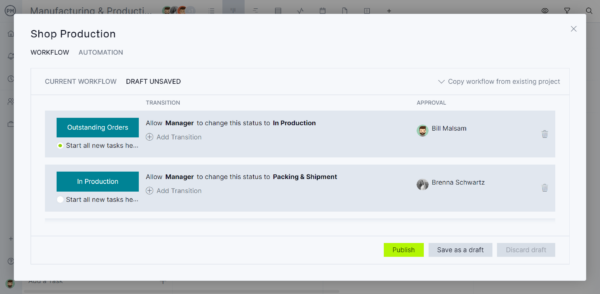
15. Manage Waste Disposal & Environmental Controls
Proper waste management keeps the site clean and prevents environmental violations. Providing labeled bins for recycling, general waste and hazardous materials ensures everything is disposed of correctly. Measures like dust suppression, mufflers and noise barriers help keep the site in compliance with environmental standards. This protects the surrounding community, improves worker conditions and avoids fines from regulatory bodies.
- Waste bins: Labeled for recycling and general waste.
- Hazardous material handling: Safe disposal of chemicals or solvents.
- Dust and noise control: Use barriers, sprinklers and mufflers.
- Environmental compliance: Meet local regulations on site emissions.
16. Track Progress & Adjust Site Logistics as Needed
Construction sites are dynamic and require constant monitoring. Tracking progress against the plan highlights where adjustments are needed to stay on schedule. If certain zones become overcrowded or inefficient, reconfiguring them improves workflow. Quickly resolving delays or resource shortages ensures minimal disruption. Continuous improvement helps teams work smarter as the project advances, reducing risks and keeping the project running smoothly until completion.
- Progress tracking: Compare actual vs. planned work.
- Site adjustments: Rearrange zones for efficiency.
- Issue resolution: Quickly address delays or resource shortages.
- Continuous improvement: Apply lessons learned to ongoing tasks.
Free Construction Site Management Templates
Managing a construction site becomes easier when you have the right tools to stay organized. Templates help standardize processes, capture important data and keep teams aligned. Whether you are setting project expectations, scheduling work or tracking daily activity, having a reliable template saves time and reduces errors. These free construction site management templates give you a starting point to plan, document and report on every phase of your project.
Construction Scope of Work Template
Download this free construction scope of work template to define what needs to be done, who will do it and what success looks like. This document sets expectations between clients, contractors and teams by outlining tasks, deliverables and deadlines. A clear scope of work prevents disputes by clarifying responsibilities and reducing misunderstandings. Using a template ensures nothing is overlooked and makes it easy to replicate for future projects. This helps construction managers keep projects organized and aligned with the client’s requirements from start to finish.
Construction Schedule Template
Use this free construction schedule template to help plan and track project timelines with clarity. It breaks work into phases, assigns tasks to crews and sets deadlines so everyone knows when work must be completed. A schedule template keeps projects moving efficiently and highlights potential delays before they become major issues. Construction managers use schedules to coordinate subcontractors, plan material deliveries and avoid bottlenecks. This tool keeps stakeholders updated and ensures the project stays on time and within budget.
Construction Daily Report Template
This free construction daily report template is an essential tool for tracking what happens on the site each day. It captures details such as weather, crew hours, equipment usage and work completed. This daily record provides valuable insight into progress, productivity and potential issues. Using a template makes reporting consistent and easy to review, which helps with compliance, billing and dispute resolution. Daily reports also help managers make informed decisions and keep projects aligned with the schedule and budget.
How to Manage a Construction Site With ProjectManager
Managing a construction site requires constant oversight of tasks, crews, materials and deadlines. ProjectManager helps construction managers track all moving parts in one connected platform. Instead of juggling spreadsheets, calls and site visits, managers can monitor progress, update schedules and communicate with the team in real time. This level of visibility keeps projects running smoothly and reduces costly delays.
Track Every Detail With Multiple Project Views
Construction work involves dozens of daily tasks across different teams, and ProjectManager’s multiple project views make it easy to stay organized. The list view is ideal for breaking work into actionable items, assigning owners and setting due dates. Managers can switch between list, board and calendar views to see work from different perspectives and identify bottlenecks before they cause delays. This flexibility keeps site operations coordinated and ensures that nothing falls through the cracks.
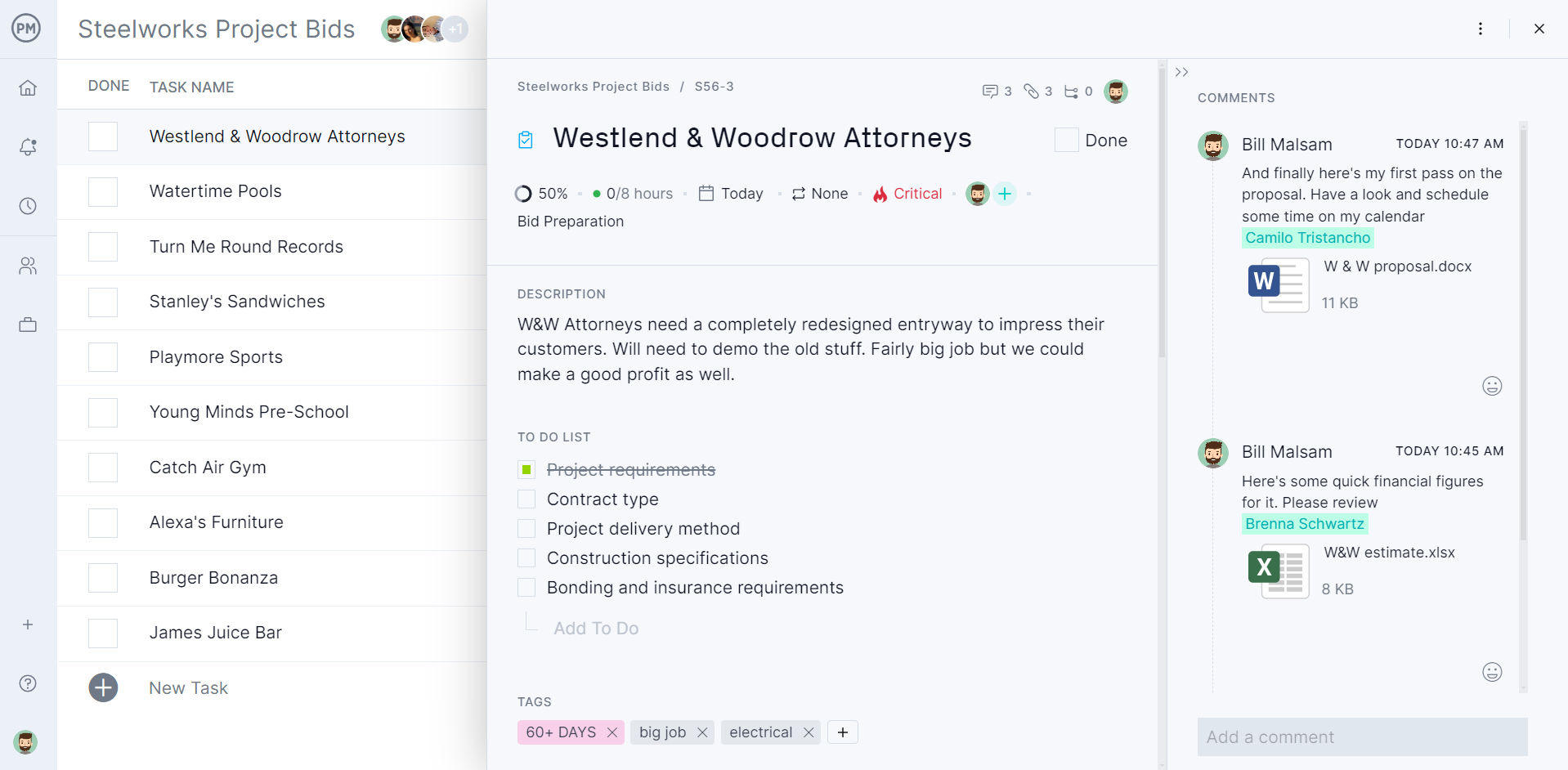
Use Resource Management Tools to Balance Workloads
Overloaded crews lead to delays, while underutilized teams waste time and budget. ProjectManager’s resource management tools give a clear picture of team capacity and availability. Managers can see who is overbooked and who has room for more work, then reassign tasks accordingly. The workload chart utilizes color-coded visuals to prevent burnout and maintain crew productivity. This level of resource control ensures construction sites stay efficient and deadlines are met.
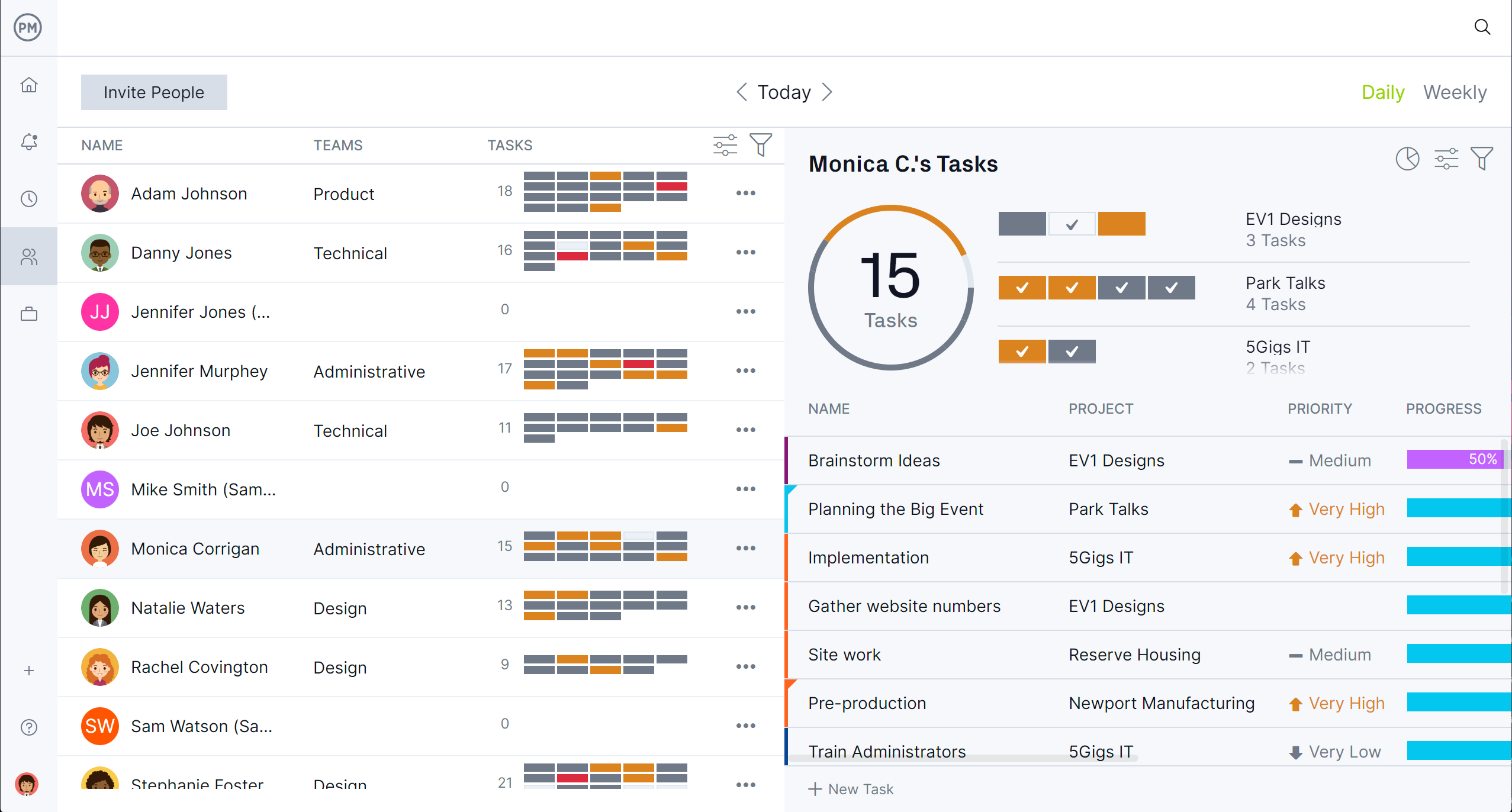
Related Construction Site Management Content
A construction site is part of the larger construction site management. For those who wish to continue learning about this vital aspect of construction project management, please check out the links below. There are articles on site analysis, what a site engineer does and much more.
- What Is a Site Analysis for Architecture Projects? Checklist Included
- Site Engineer Job Description (Free Copy & Paste Example)
- Construction Site Management: A Guide to Site Inspection and Site Planning
- What Is a Site Office in Construction Project Management?
ProjectManager is online project and portfolio management software that connects teams, whether they’re in the office or out in the field. They can share files, comment at the task level and stay up to date with email and in-app notifications. Get started with ProjectManager today for free.

